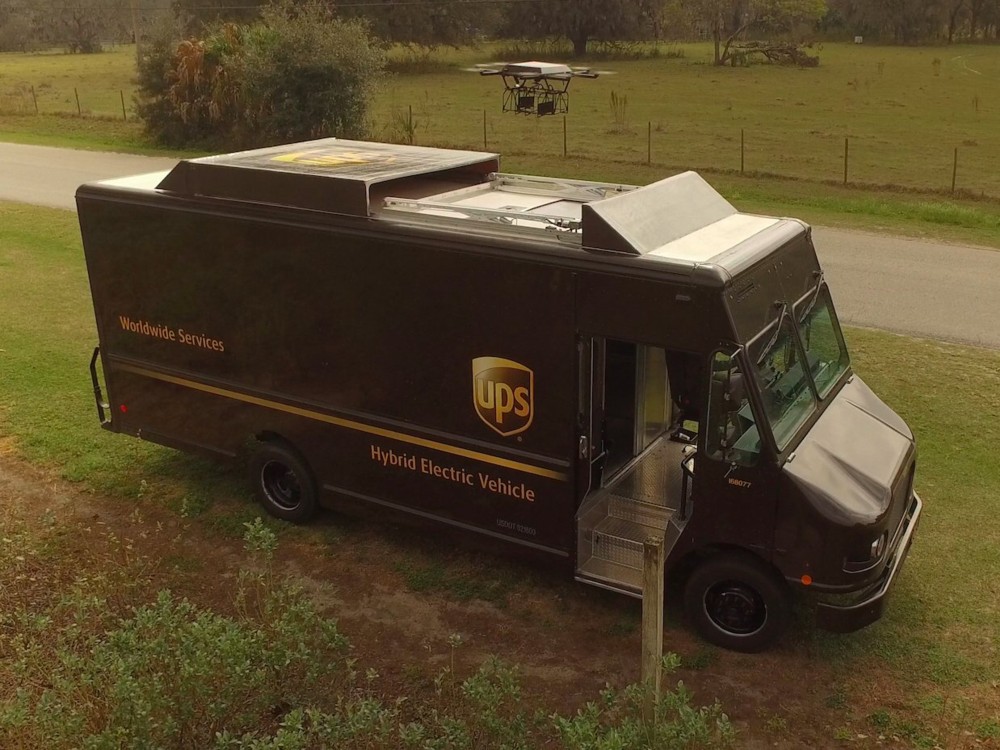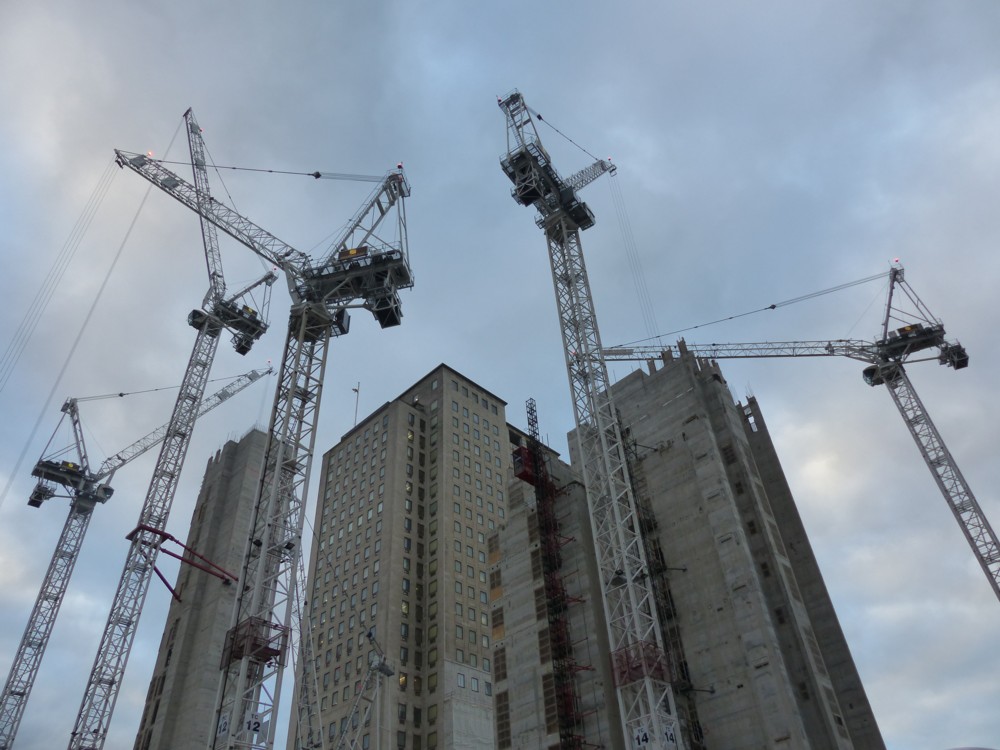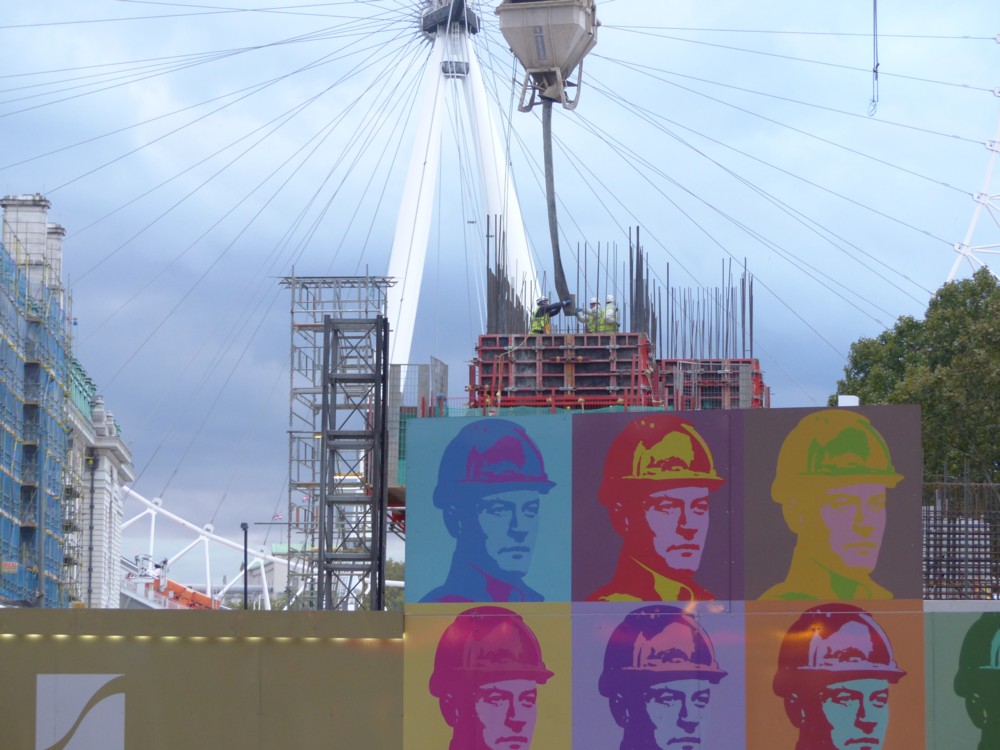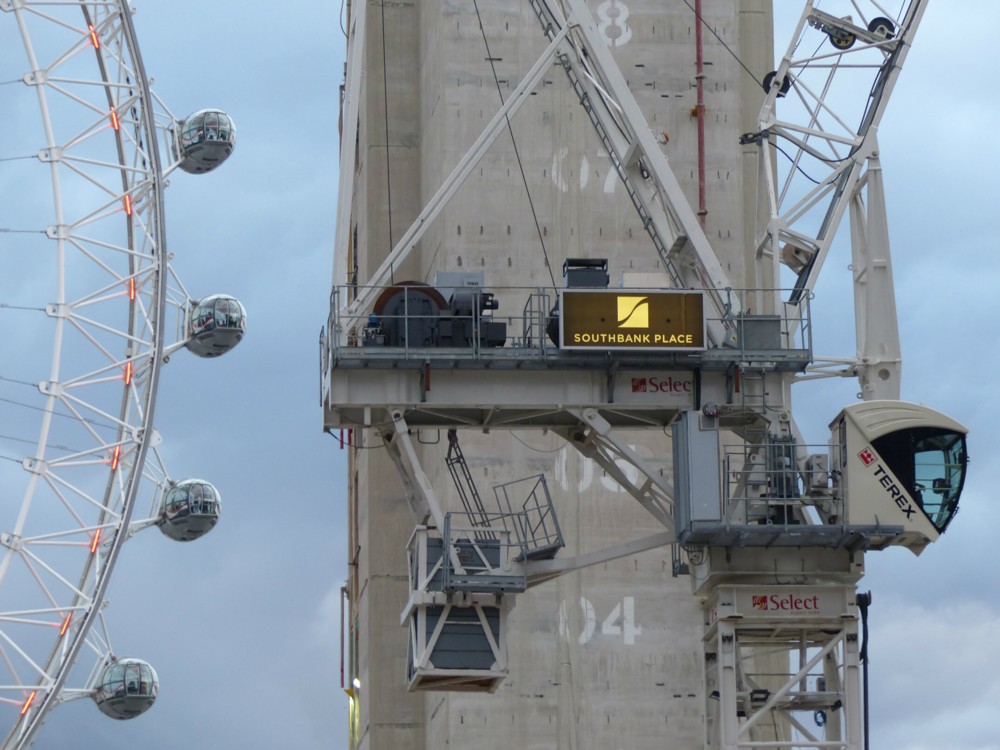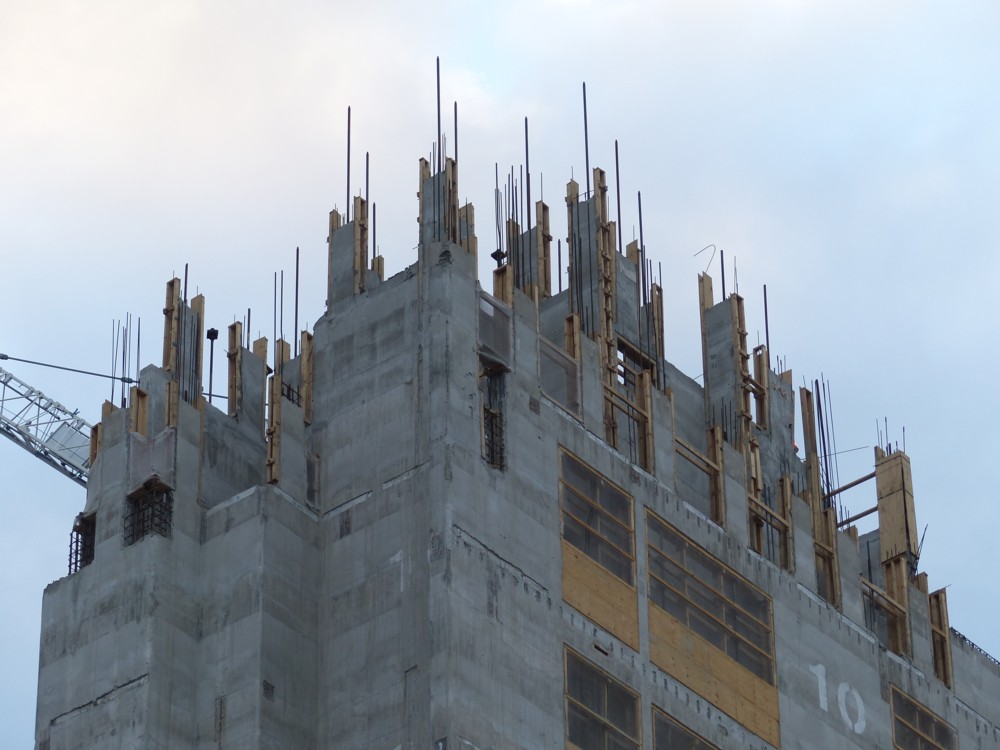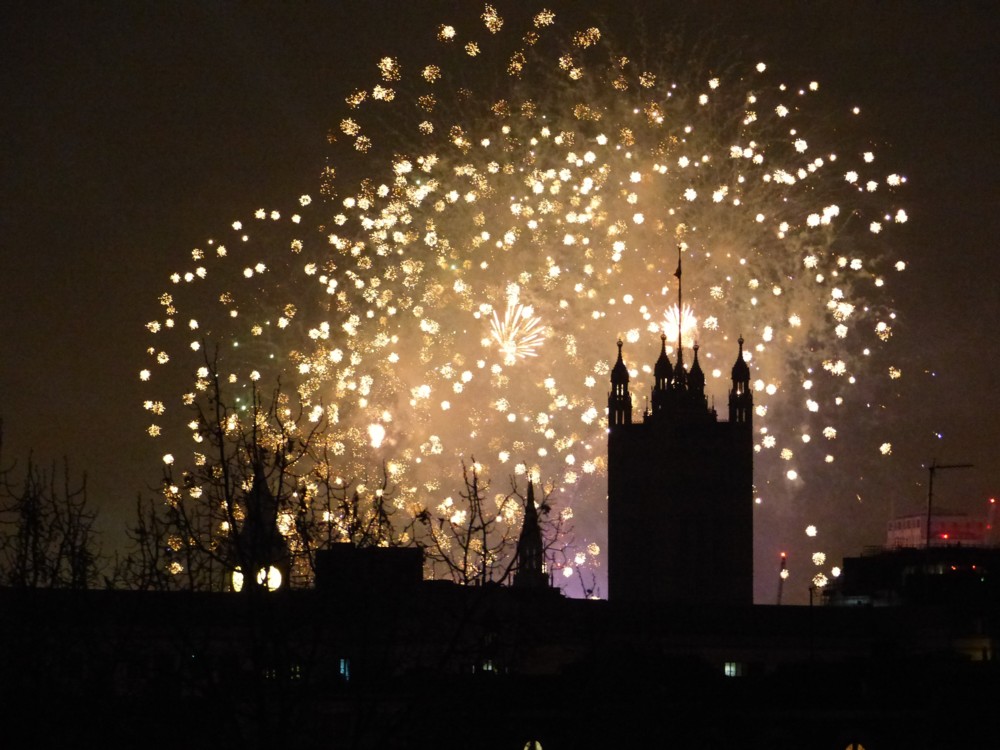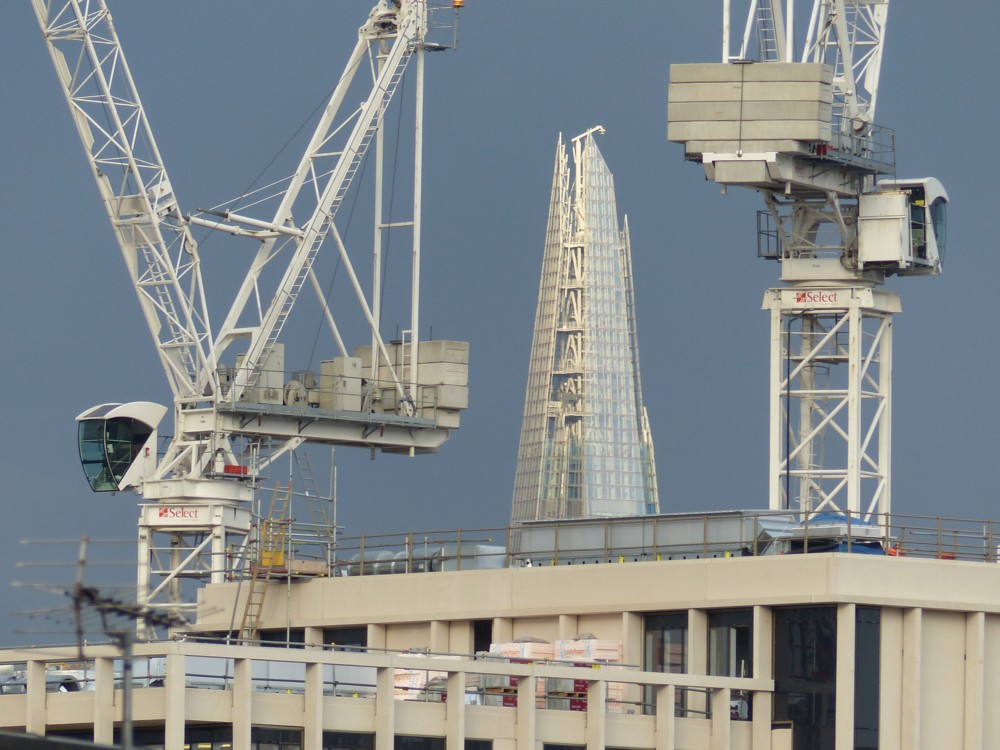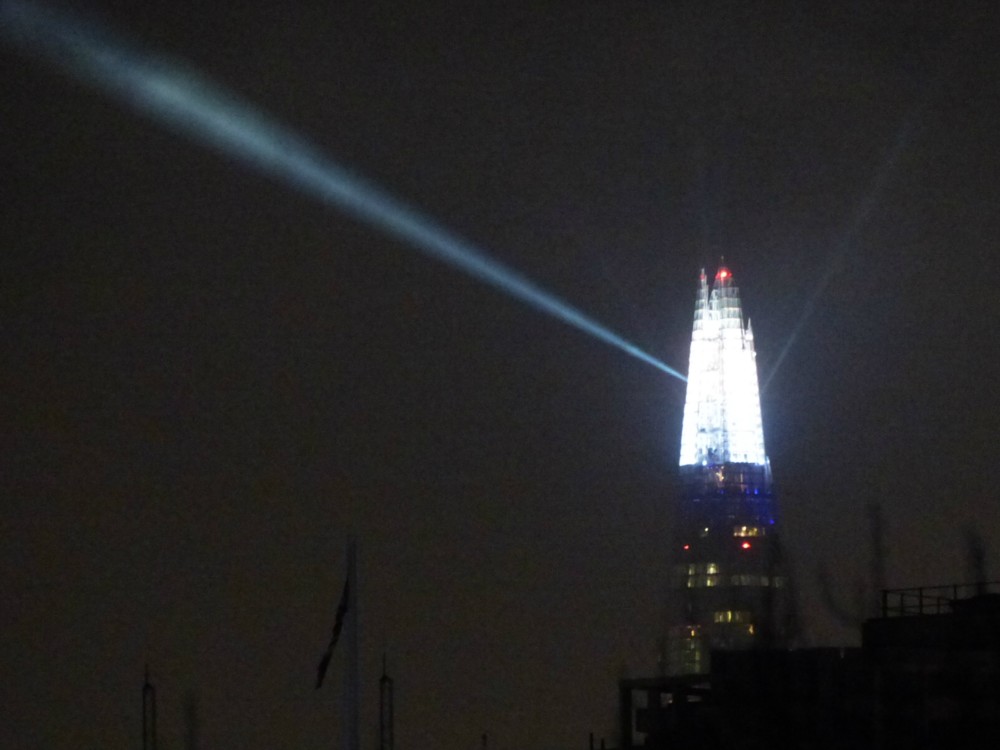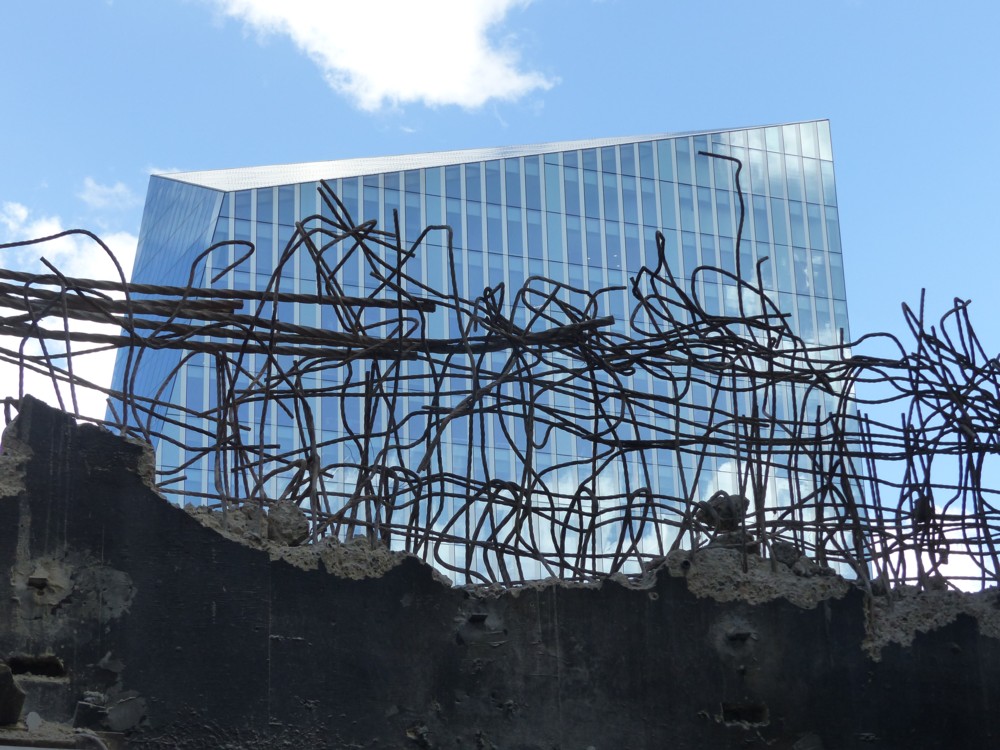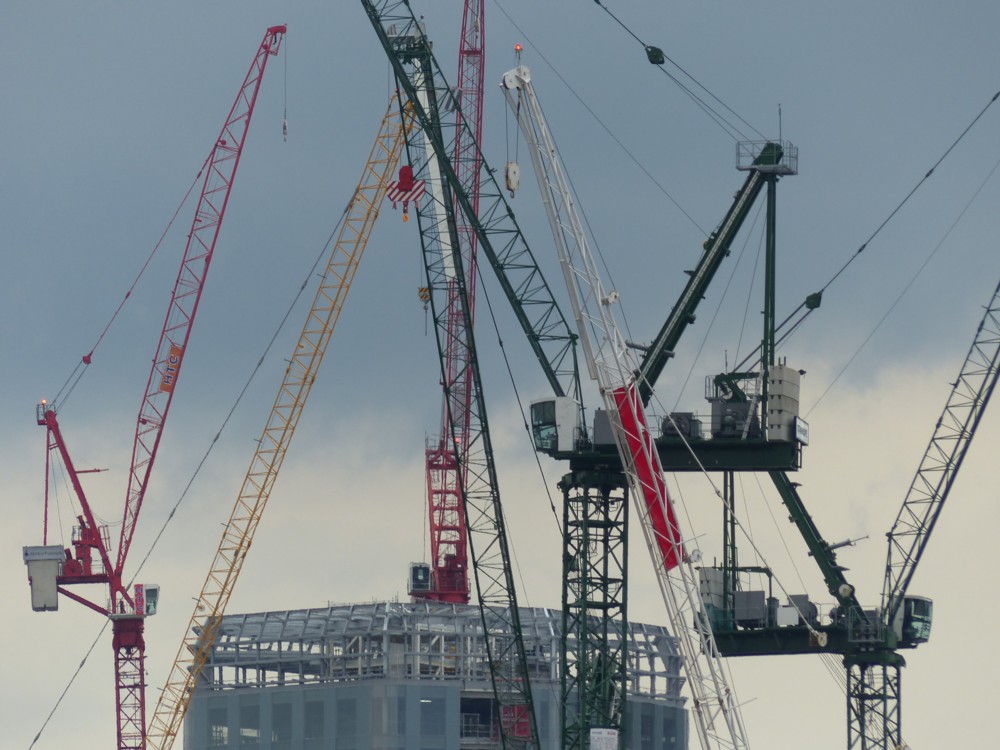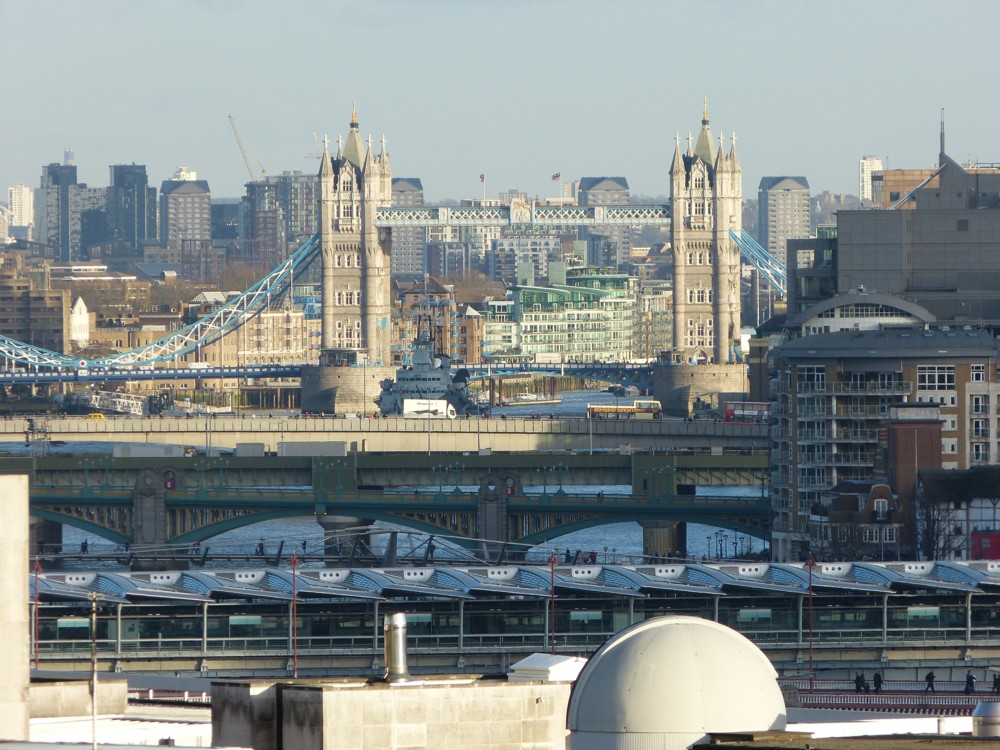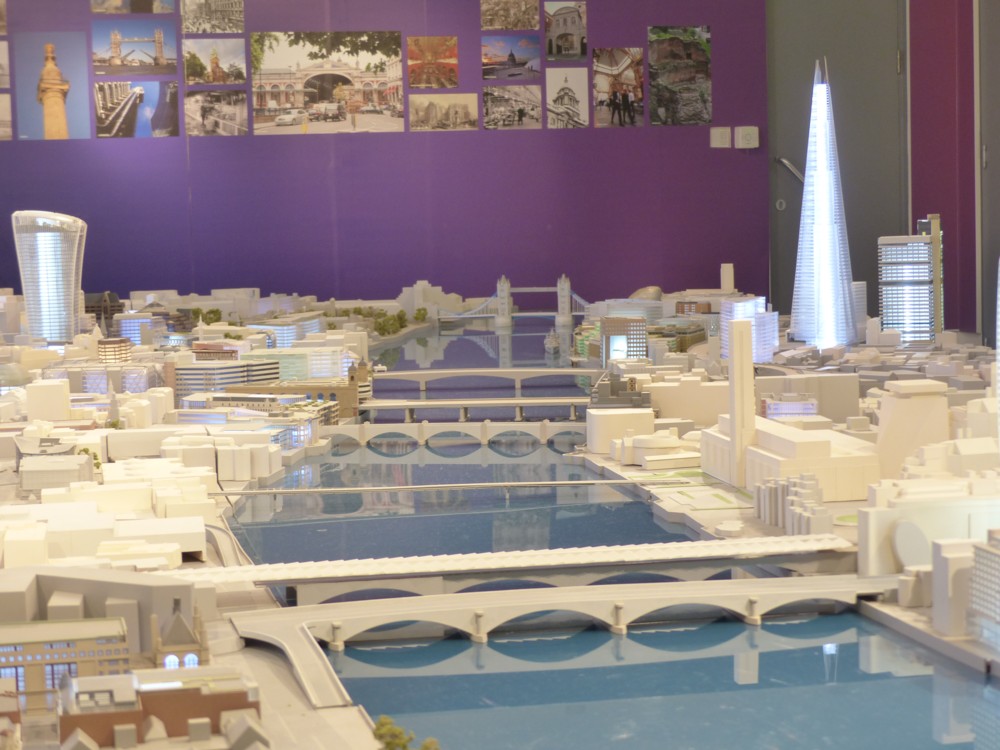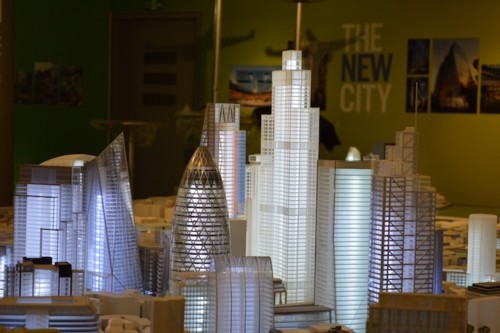So I had a look around Dezeen to see what’s there that’s interesting, and their most popular posting right now is about IKEA. All I saw, for several days, was: IKEA. So I ignored it. But on close inspection, the posting is actually rather interesting. Its title is: IKEA switches to furniture that snaps together in minutes without requiring tools.
Quote:
The fiddly ritual of assembling IKEA furniture is set to become a thing of the past as the furniture giant introduces products that snap together “like a jigsaw puzzle”.
The brand has developed a new type of joint, called a wedge dowel, that makes it much quicker and simpler to assemble wooden products. This does away with the need for screws, bolts, screwdrivers and allen keys.
My chosen destinations for furniture are charity shops, mostly. That or basic second hand places. Partly that’s an aesthetic preference. I take pride in the cheapness of my living arrangements, that being my preferred look. But part of that is because I have always assumed that flatpack furniture is indeed too fiddly and complicated to be relying on. Also, frankly, I basically just don’t like IKEA’s furniture.
But for those who do like IKEA furniture, it looks like it is about to get a bit simpler to assemble.
Thought. Does Lego make furniture? I just googled that question, and google answer number one was this:
A company is making furniture that is like giant Lego for your home:
This furniture is designed to be taken apart over and over again.
It is called Mojuhler and is flatpack, modular furniture that can be changed from a chair to a table in minutes.
You can fund the project on Kickstarter from about £80.
Nice basic idea, but scroll down and you get to pictures of brackets and screws! Screw all that, and not with a screwdriver. It looks more like Meccano than Lego, I’d say. It says on the right at that place that it failed to get its funding. If that’s right, I’m not surprised.
This is more what I was thinking.
One of the basic drivers of design is the desire to own bigger versions of the stuff you played with as a little kid. A lot of Art is like this, I believe. So, why not furniture too?

